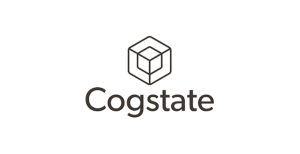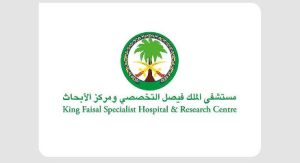Trelleborg Healthcare & Medical recently showcased its expertise in the development and manufacture of engineered polymer solutions for customers in the medical and pharmaceutical industries at Pharmapack in February 2023.
Trelleborg explained how to help customers meet the requirements and global standards of the healthcare and medical industry with safe and durable solutions. From the initial idea to the deliverable product and beyond, Trelleborg partners with customers to guide them through the development process, providing support in specification of materials including application-specific hoses, liquid silicone rubber (LSR) or thermoplastic injection mouldings, and the production of parts using multicomponent processes.
FloranceVeronelli, segment manager Healthcare & Medical Europe, said: “Trelleborg offers full expertise in material selection, product design and manufacturing capabilities for components or subassemblies for medical devices. At Pharmapack we demonstrated how we partner with customers to develop vital technologies from the very beginning.
“Trelleborg Healthcare & Medical invests heavily in research and development, operating eight competence centres worldwide, including one in Stuttgart, Germany, and one in Stein am Rhein, Switzerland. At our Rapid Development Center in Delano, Minnesota, US, we use innovative technologies to support the product development of medical and pharmaceutical components, and to produce and test multiple design iterations within a very short period of time to expedite market readiness.”
Among the products featured at this year’s Pharmapack were multi-lumen LSR tubing for a variety of critical applications including pacemakers and urological implants. Trelleborg’sGeoTrans extrusion process enables creation of a variety of tubing geometries during extrusion, allowing for a wide range of customer-specific designs. GeoTrans also allows for the silicone tubes to change cross-section during extrusion to eliminate moulding, connector assembling or secondary bonding steps, providing a strong, hygienic design. These attributes reduce risks, the amount of work involved in assembly and downstream processes, and lowers costs, while significantly improving the usability of medical products.







